Dan Brown, a bestselling author known for his intriguing blend of history, science, and conspiracy, has captivated readers worldwide with his thrilling novels. With his ability to weave intricate puzzles and thought-provoking plots, Brown’s books have been translated into more than 50 languages, making him one of the most widely read authors today.
This blog post will provide a comprehensive guide to Dan Brown’s books in chronological order, exploring the themes and captivating stories that have made him a literary sensation. Join us as we delve into the mind of this master storyteller and discover the compelling tales he has brought to life.

Dan Brown’s Books in Publication Order
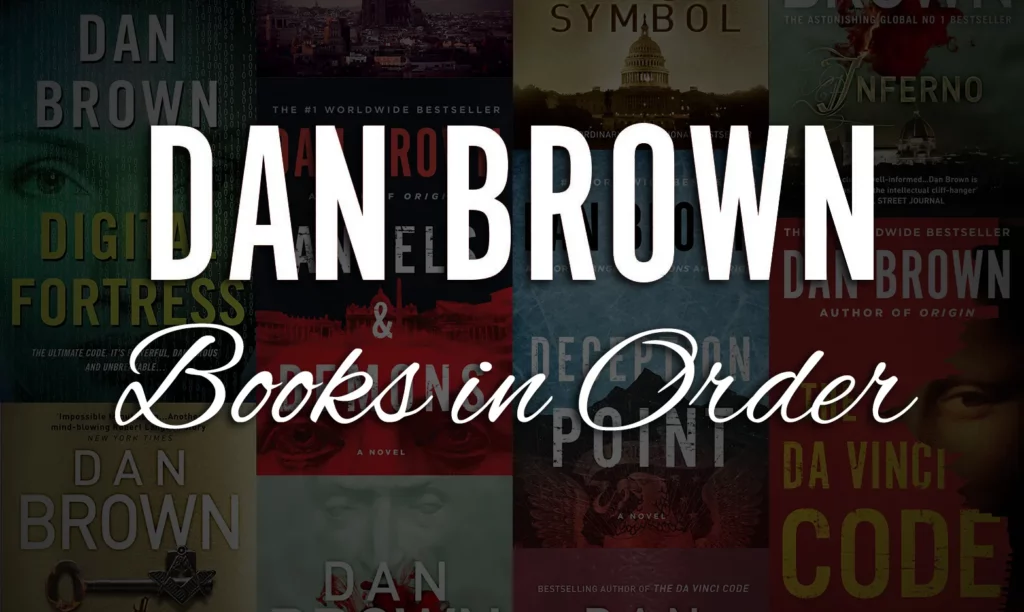
Dan Brown’s literary career started with the publication of his first novel, “Digital Fortress,” in 1998. Here is a chronological list of his published works:
- Digital Fortress (1998) – A standalone techno-thriller focusing on cryptography and government surveillance.
- Angels & Demons (2000) – The first novel in the Robert Langdon series, introducing the Harvard symbologist as he unravels a conspiracy within the Catholic Church.
- Deception Point (2001) – Another standalone novel that revolves around a NASA discovery and political intrigue.
- The Da Vinci Code (2003) – The second Robert Langdon book, which delves into religious history and secret societies.
- The Lost Symbol (2009) – Langdon’s third adventure, uncovering hidden secrets within the United States’ capital.
- Inferno (2013) – The fourth book in the series, exploring themes of overpopulation and Dante’s Inferno.
- Origin (2017) – The fifth and most recent Langdon novel, centered around the concepts of science, religion, and artificial intelligence.
Dan Brown’s Reading Order
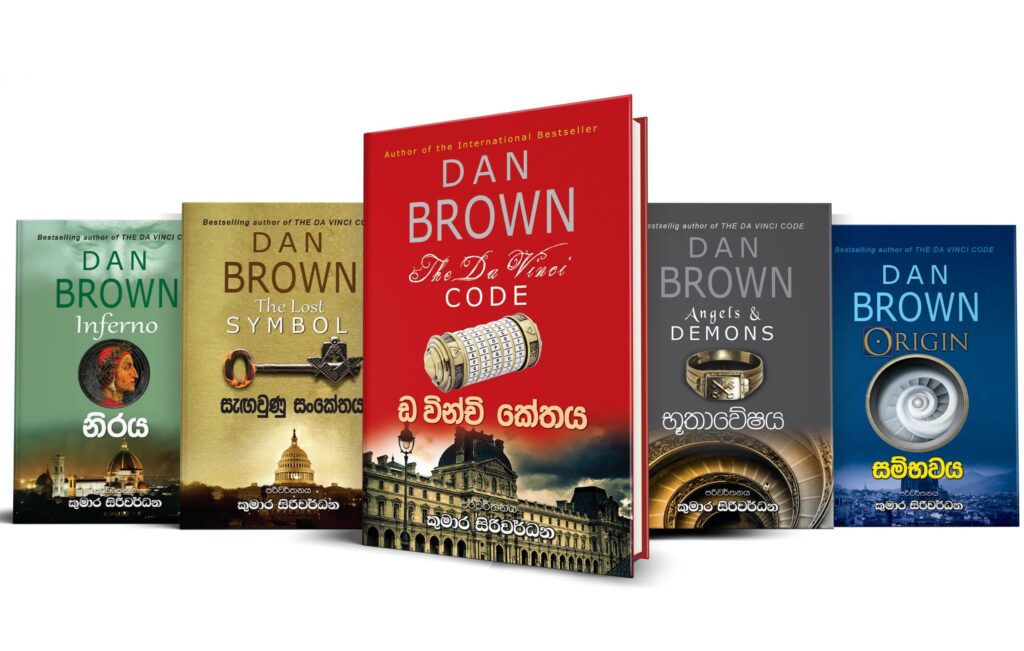
While most of Dan Brown’s novels can be read as standalone stories, it is recommended to read the Robert Langdon series in publication order to fully appreciate the character’s development and the recurring themes. The suggested reading order for the Robert Langdon series is:
- Angels & Demons (2000)
- The Da Vinci Code (2003)
- The Lost Symbol (2009)
- Inferno (2013)
- Origin (2017)
What is the Robert Langdon Series About?
The Robert Langdon series follows the adventures of Harvard symbologist and art historian Robert Langdon as he unravels various mysteries involving historical events, religious symbolism, and secret societies.
Expert Tip: Each novel in the series tackles a different theme and is set in a unique location, with Langdon relying on his vast knowledge and sharp intuition to solve intricate puzzles and thwart sinister plots.
Who is Dan Brown?

Dan Brown is an American author born on June 22, 1964, in Exeter, New Hampshire. He gained worldwide fame with his bestselling novel “The Da Vinci Code.” Brown studied at Amherst College and Phillips Exeter Academy, where he developed an interest in puzzles and cryptography.
Before becoming a full-time writer, he worked as a teacher and musician. His books are known for their intricate plots, historical references, and thought-provoking themes, attracting praise and controversy for their exploration of religion and science.
Dan Brown’s Robert Langdon Adaptations
The success of Dan Brown’s novels led to film adaptations of the Robert Langdon series. Directed by Ron Howard and starring Tom Hanks as Langdon, the films have been box-office hits. To date, three of the novels have been adapted into movies:
- The Da Vinci Code (2006) – A thrilling cinematic adaptation that follows Langdon’s journey to unravel the mysteries surrounding the Holy Grail and secret societies.
- Angels & Demons (2009) – Langdon’s race against time to stop the Illuminati’s plan to destroy Vatican City.
- Inferno (2016) – The gripping tale of Langdon’s quest to prevent a global catastrophe linked to Dante’s Inferno.
Although “The Lost Symbol” was initially planned as a movie, it was eventually developed into a television series titled “Langdon,” which premiered in 2021. The series is based on the book but takes creative liberties with the story, giving fans a fresh perspective on the beloved character.
1. Digital Fortress (1998)
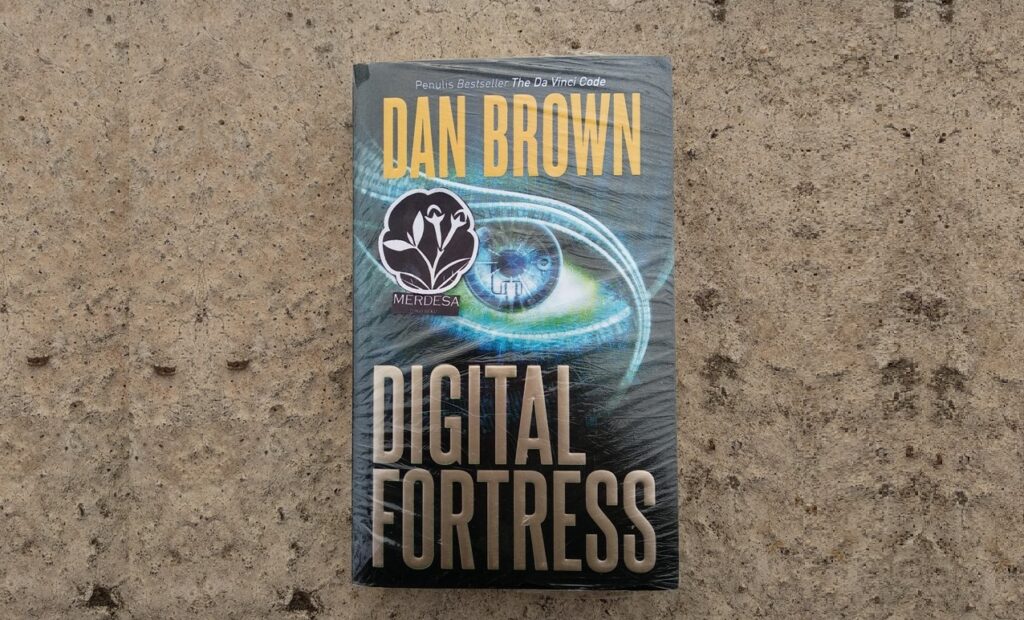
“Digital Fortress” is a gripping techno-thriller that follows Susan Fletcher, a talented cryptographer working for the National Security Agency (NSA). When the agency encounters an unbreakable code, dubbed the “Digital Fortress,” Susan is tasked with cracking it.
As she digs deeper, she discovers that the code is created by a former NSA employee with a vendetta against the agency. The novel explores themes of government surveillance, cryptography, and the balance between security and personal privacy.
With a fast-paced narrative and a web of secrets, “Digital Fortress” keeps readers on the edge of their seats until the very end.
2. Angels & Demons (2000)
In “Angels & Demons,” Harvard symbologist Robert Langdon is summoned to Switzerland to analyze a cryptic symbol branded on a murdered physicist’s chest. This discovery leads him to the Vatican, where he uncovers a conspiracy involving the Illuminati, a secret society thought to be extinct.
As Langdon and physicist Vittoria Vetra race against time to prevent a devastating attack on the Vatican City, they unravel a trail of ancient symbols and hidden secrets. “Angels & Demons” takes readers on an exhilarating journey through art, science, and religious history, questioning the nature of faith and the role of organized religion.
3. Deception Point (2001)
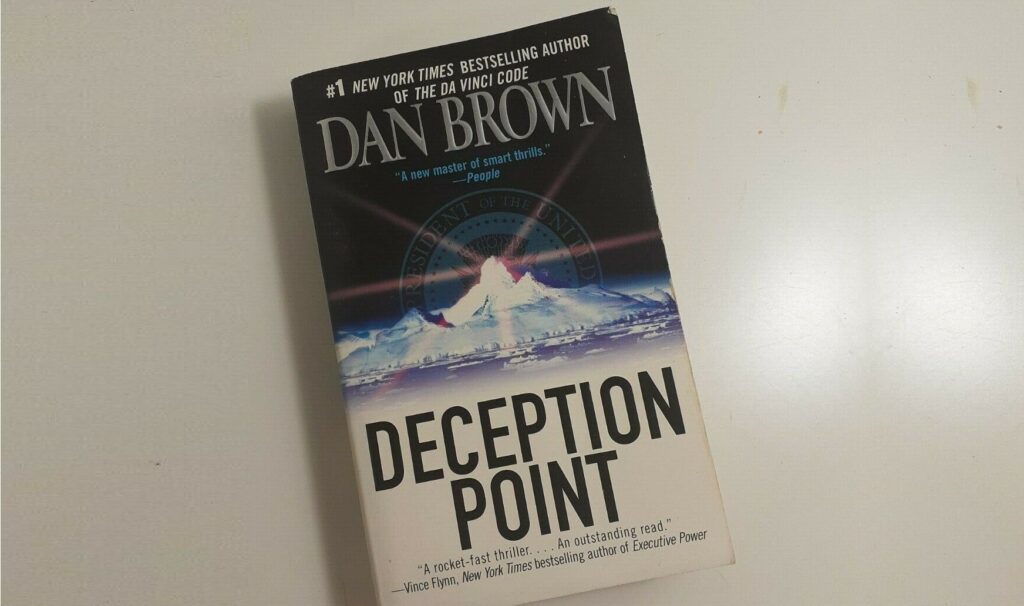
“Deception Point” revolves around Rachel Sexton, a data analyst working for the National Reconnaissance Office (NRO). When NASA discovers an extraterrestrial meteorite containing signs of life, the US President sends her to verify the discovery.
However, Rachel soon realizes that the find might be an elaborate hoax, and she must team up with a scientist named Michael Tolland to uncover the truth.
Set against the backdrop of political intrigue and scientific exploration, “Deception Point” delves into the power struggles and manipulations that occur behind closed doors, keeping readers enthralled from start to finish.
4. The Da Vinci Code (2003)
In “The Da Vinci Code,” Robert Langdon returns to investigate the murder of the Louvre Museum’s curator, who leaves behind a series of enigmatic clues. Joined by French cryptologist Sophie Neveu, Langdon discovers that the curator was part of a secret society called the Priory of Sion, which guards a centuries-old secret about the Holy Grail.
As they traverse Europe, they uncover hidden symbols and unravel a conspiracy that threatens to shake the foundations of Christianity.
Quick Fact: The novel explores themes of religion, history, and the role of women in the church, sparking controversy and making “The Da Vinci Code” a global phenomenon.
5. The Lost Symbol (2009)
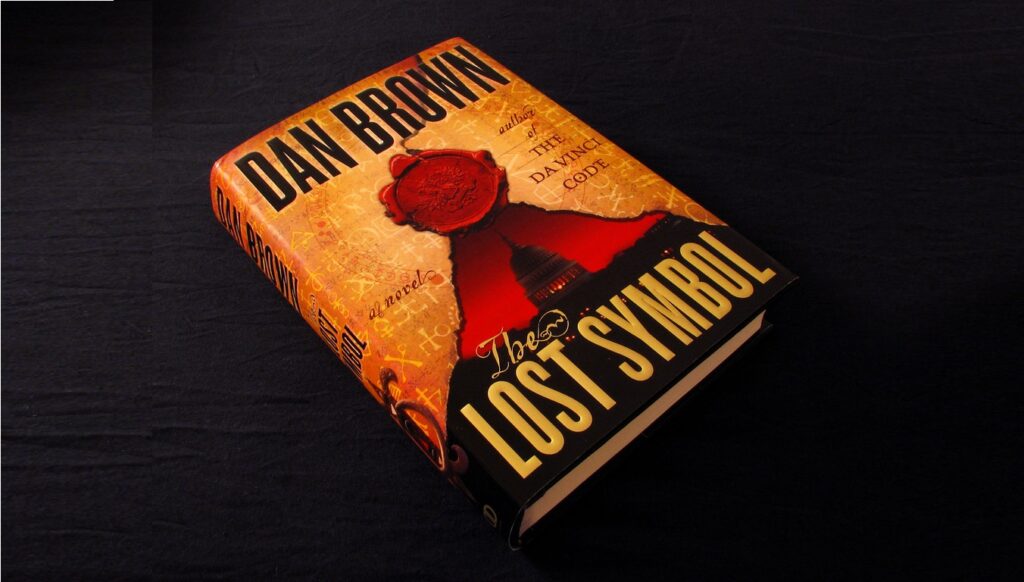
“The Lost Symbol” sees Robert Langdon called to Washington D.C. to deliver a lecture, only to find himself embroiled in a chilling mystery involving the kidnapping of his mentor, Peter Solomon. Racing against time, Langdon must decipher the symbols and codes of the Freemasons to save Solomon and uncover a powerful ancient secret.
The novel delves into the hidden history of the United States, exploring themes of power, knowledge, and the nature of human consciousness.
6. Inferno (2013)
“Inferno” finds Robert Langdon waking up in a Florence hospital without a memory of how he got there. Haunted by apocalyptic visions, he discovers that a deadly plague is set to be unleashed by a mysterious organization.
As he follows a trail of clues related to Dante’s Inferno, Langdon must team up with Doctor Sienna Brooks to stop the impending catastrophe. The novel weaves together themes of overpopulation, bioethics, and the moral dilemmas faced by humanity in the modern age.
7. Origin (2017)
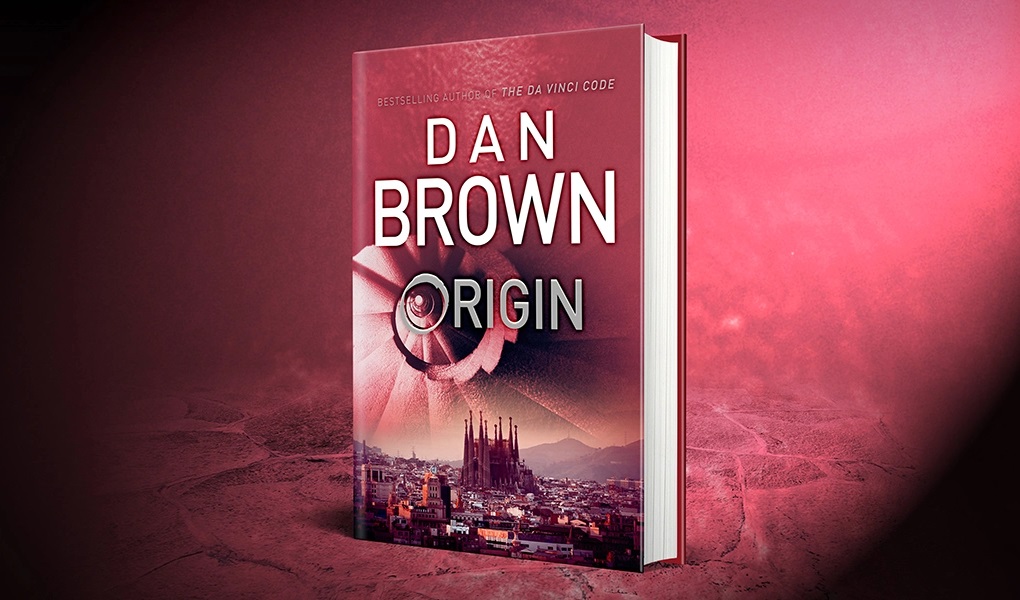
In “Origin,” Robert Langdon attends a presentation by his former student, the futurist, and billionaire Edmond Kirsch, at the Guggenheim Museum Bilbao. Kirsch claims to have discovered a groundbreaking scientific revelation that challenges humanity’s understanding of its origins and the role of religion.
However, when chaos erupts at the event, Langdon and museum director Ambra Vidal must uncover Kirsch’s discovery before it’s lost forever. As they navigate a world where religion and science intersect, they must confront the implications of this new knowledge on society’s beliefs and values.
Quick Fact: “Origin” delves into the age-old debate between faith and reason, exploring how technological advancements shape our understanding of the world and the human experience.
In conclusion, Dan Brown’s novels have captured the imagination of readers around the world with their intricate plots, thought-provoking themes, and fascinating exploration of history, science, and religion.
From the thrilling adventures of Robert Langdon to the standalone stories that delve into the realm of cryptography and political intrigue, Brown’s books offer a unique blend of suspense, intellectual stimulation, and entertainment.
As we eagerly await the next addition to his impressive body of work, it’s clear that Brown’s storytelling prowess and ability to challenge conventional wisdom have solidified his position as one of the most influential authors of the 21st century.
So, whether you’re new to his work or a longtime fan, immerse yourself in the captivating world of Dan Brown and let his novels take you on a journey filled with mystery, discovery, and enlightenment.
